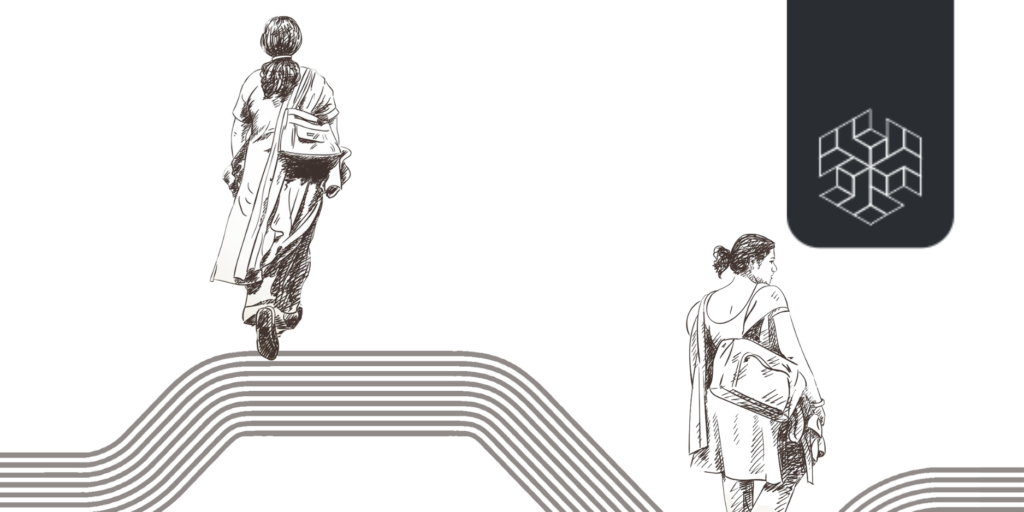Authored by: Akshita Sharma
Edited by: Kavita Majumdar and Riya Singh Rathore
ABSTRACT
The participation of women in the workforce aids not only their own socio-economic progress, agency, and welfare but also the progress of societies and countries. Despite an improvement in women’s education and health outcomes, India’s formal and informal female labour force participation (FLFP) has declined in the last two decades. While the COVID-19 pandemic has caused a sharper fall in the labour force participation of both men and women, recovery looks particularly slow for the latter. This indicates that there are certain factors at play that are constraining FLFP in India.
This paper aims to examine the role of social norms in impacting both the supply of and demand for female workers in India. Although social and gender norms are deeply entrenched and internalised in our society, they are not irreversible. Hence, challenging these norms is crucial to drive the socio-economic development of women.
INTRODUCTION: ECONOMIC GROWTH SANS FEMALE WORKFORCE
There are 656 million women in India, constituting half of the country’s population (The World Bank n.d.). Despite this, India’s growing economy has witnessed an ever-declining (figure 1) female labour force participation (FLFP) for the past two decades. From 2004-05 to 2017-18, the FLFP declined by about 45% in the rural areas (Ministry of Statistics and Programme Implementation 2019: 51). Only one-fifth of the female population constituted the workforce in 2019, which is one of the lowest in the world.

While India witnessed improvements in gender parity in education, the number of women who participated in the workforce continued to decline. In recent years, an equal or higher number of girls have enrolled in primary, secondary and tertiary education as compared to boys. The rise in female literacy rate led to an increased demand for better family planning services and higher cost of women’s time (Parikh 2001), leading to a downfall in the fertility rate from 3.3 births per woman in 2000 to 2.2 births in 2018 (Figure 2).




